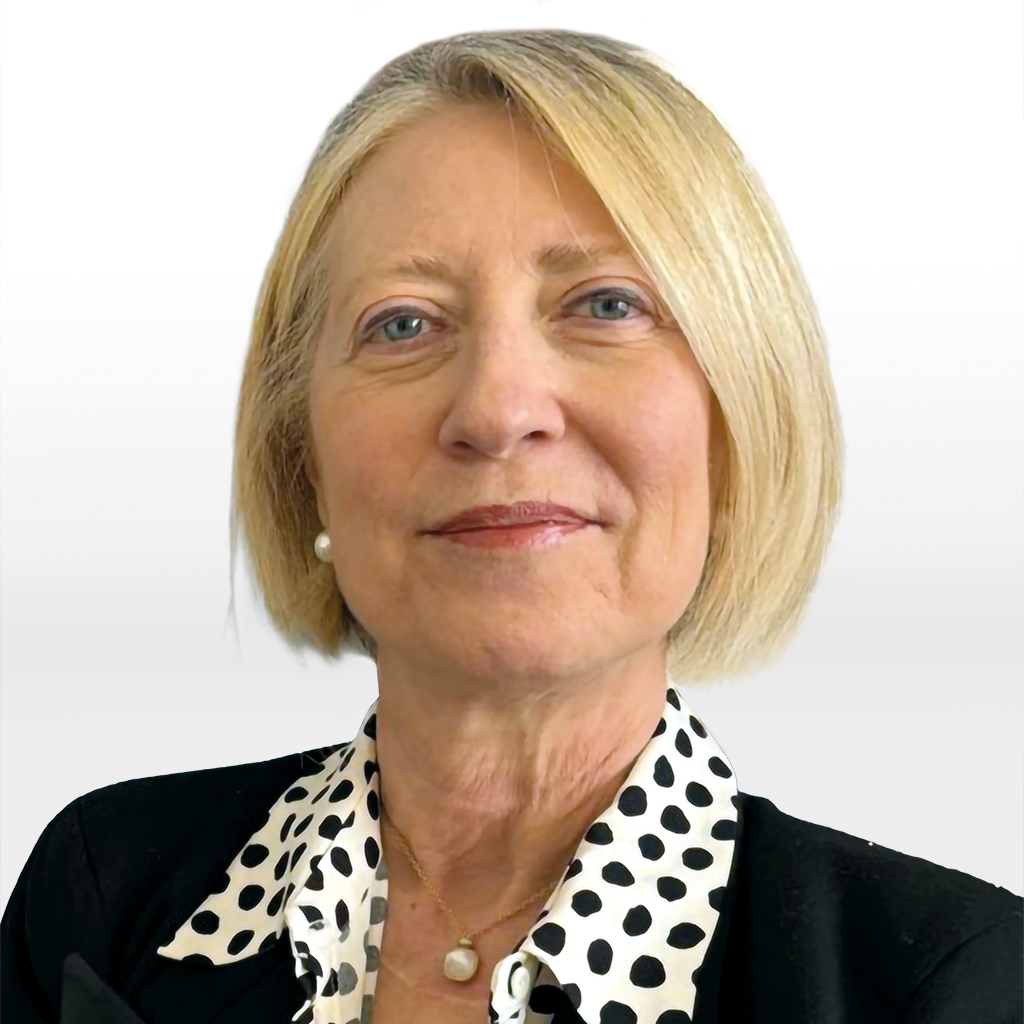Points to consider when developing rare disease treatments in Europe
Developing new drugs for rare diseases is challenging because of inadequate financial and scientific resources and insufficient subjects to run clinical trials. However, thanks to advances in genome sequencing technologies, the emergence of cell and gene therapies, and the latest developments in regulatory pathways, some orphan drugs with curative potential have recently been approved.
A rare disease or disorder is defined as the one that affects fewer than 5 in 10,000 citizens in Europe (Orphan Drug Regulation 141/2000). At first glance, this may seem a small number, but by this definition, rare diseases can affect as many as 30 million European Union citizens. According to the European Organization for Rare Diseases, EURORDIS, the overall number of rare diseases includes between 6,000 to 8,000, most of which have identified genetic conditions.
This is a field worth exploring and several pharma and biotech organizations are actively working on the development of new therapeutic options, especially in rare diseases lacking effective and safe treatment options.

Rare disease drug development from a European perspective
In Europe, cell and gene therapies are classified as Advanced Therapy Medicinal Products (ATMPs) that include medicines based on gene therapy, somatic-cell therapy, tissue-engineered products, and combined ATMPs.
ATMPs constitute an emerging and innovative class of medicines used to treat multiple pathologies. They are particularly relevant in pathologies with limited therapeutic options of high medical need. While organisations like the EU Commission encourage and incentivise their development, there are still many challenges ahead for the pharmaceutical industry. If you would like to know how to navigate those, please look out for my next article.
Are you considering entering this field of development? Would like to learn more about the European rare disease landscape and how to navigate it? Then please contact us for more background and strategic support at info@infill.com









